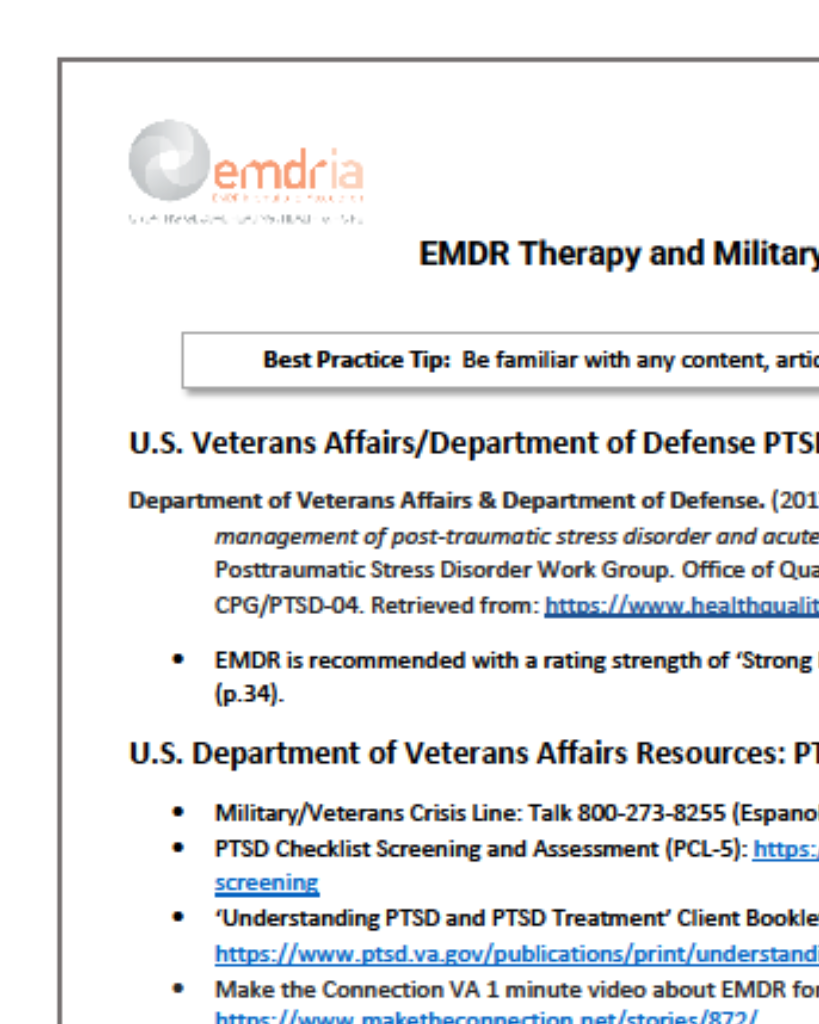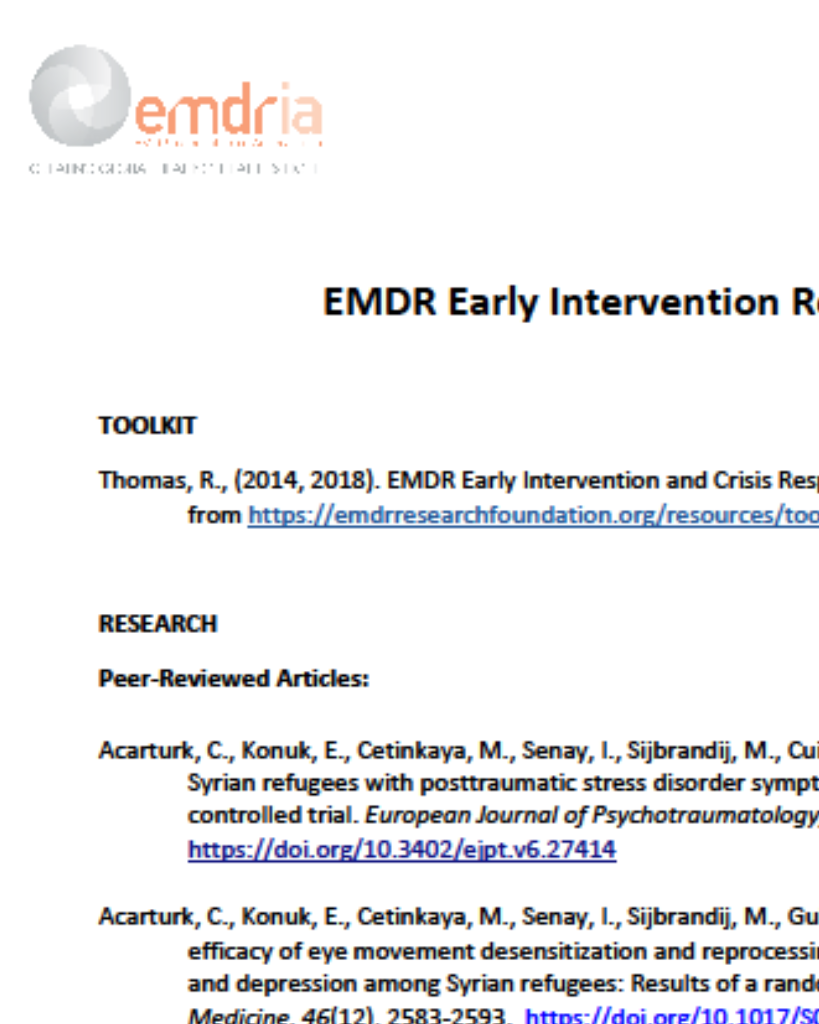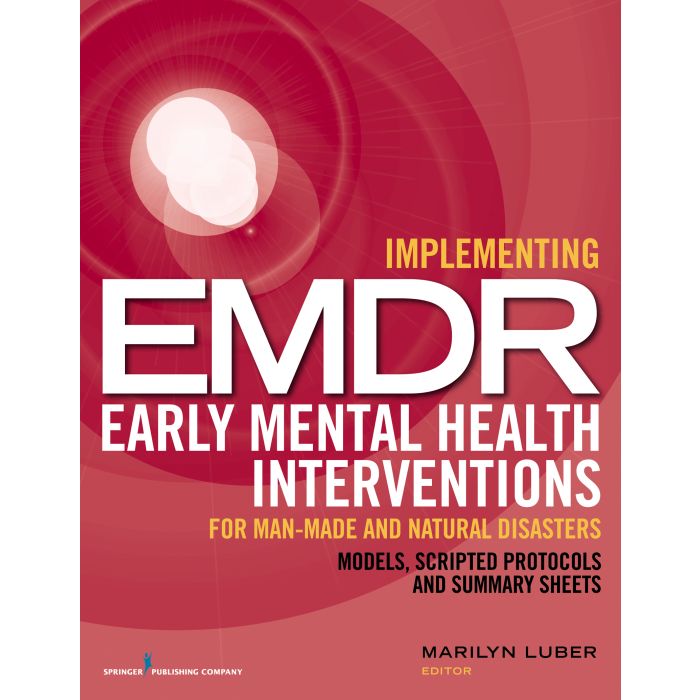On poverty and trauma: Association between neighbourhood socioeconomic deprivation, post-traumatic stress disorder severity and treatment response
This study aimed to determine if neighbourhood socioeconomic deprivation is associated with post-traumatic stress disorder (PTSD) severity and utilized psychological treatment response of either CBT or EMDR.
Article Abstract
“Aims: To determine if neighbourhood socioeconomic deprivation is associated with post-traumatic stress disorder (PTSD) severity and psychological treatment response.
Methods: This was a retrospective cohort study based on the analysis of electronic health records for N = 2064 patients treated for PTSD across 16 psychological therapy services in England. The Revised Impact of Events Scale (IES-R) scale was used to measure PTSD severity and associations were examined with the neighbourhood-level index of multiple deprivation (IMD) using non-parametric correlations and multilevel modelling.
Results: Three times more PTSD cases (33.6% vs. 9.7%) were clustered within the most deprived IMD quintile compared to the least deprived quintile. A small and statistically significant correlation between IMD and IES-R baseline severity (r = −0.16, p < .001), indicated that patients living in the most deprived neighbourhoods had more severe symptoms. Post-treatment IES-R severity was also significantly associated with IMD (B = −0.74, p < .001), after controlling for baseline severity of PTSD and comorbid depression symptoms, adjusting for between-service variability in treatment outcomes (ICC = 0.023). Treatment duration was a moderator of the association between IMD and treatment outcomes.
Conclusions: Neighbourhood deprivation is associated with a higher prevalence of PTSD, higher symptom severity at the start of treatment and poorer treatment response. A longer course of therapy mitigated the adverse impact of deprivation on treatment outcomes.
Highlights:
- Most patients seeking psychological therapy for PTSD tended to live in socioeconomically deprived neighbourhoods.
- Patients living in deprived neighbourhoods had more severe symptoms of PTSD before therapy, compared to those living in more economically advantaged neighbourhoods.
- Patients living in deprived neighbourhoods also had poorer treatment response, unless they received lengthier interventions – which improved outcomes.”
—Description from publisher
Article Access
Open Access
Delgadillo, J., & Richardson, T. (2025). On poverty and trauma: Association between neighbourhood socioeconomic deprivation, post-traumatic stress disorder severity and treatment response. European Journal of Psychotraumatology, 16(1), 2547549. Open access: https://doi.org/10.1080/20008066.2025.2547549
Date
September 5, 2025
Creator(s)
Jaime Delgadillo, Thomas Richardson
Topics
PTSD
Practice & Methods
DEI/IDEA
Extent
10 pages
Publisher
Taylor & Francis
Rights
© 2025 The Author(s). Published by Informa UK Limited, trading as Taylor & Francis Group. This is an Open Access article distributed under the terms of the Creative Commons Attribution License (http://creativecommons.org/licenses/by/4.0/), which permits unrestricted use, distribution, and reproduction in any medium, provided the original work is properly cited.
APA Citation
Delgadillo, J., & Richardson, T. (2025). On poverty and trauma: Association between neighbourhood socioeconomic deprivation, post-traumatic stress disorder severity and treatment response. European Journal of Psychotraumatology, 16(1), 2547549. Open access: https://doi.org/10.1080/20008066.2025.2547549
Audience
EMDR Therapists, Other Mental Health Professionals
Language
English
Content Type
Article, Peer-Reviewed
Access Type
External Resource, Open Access





